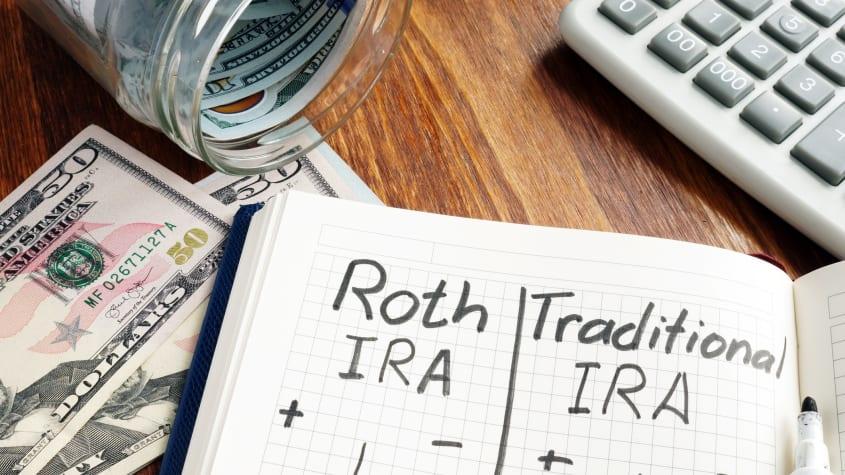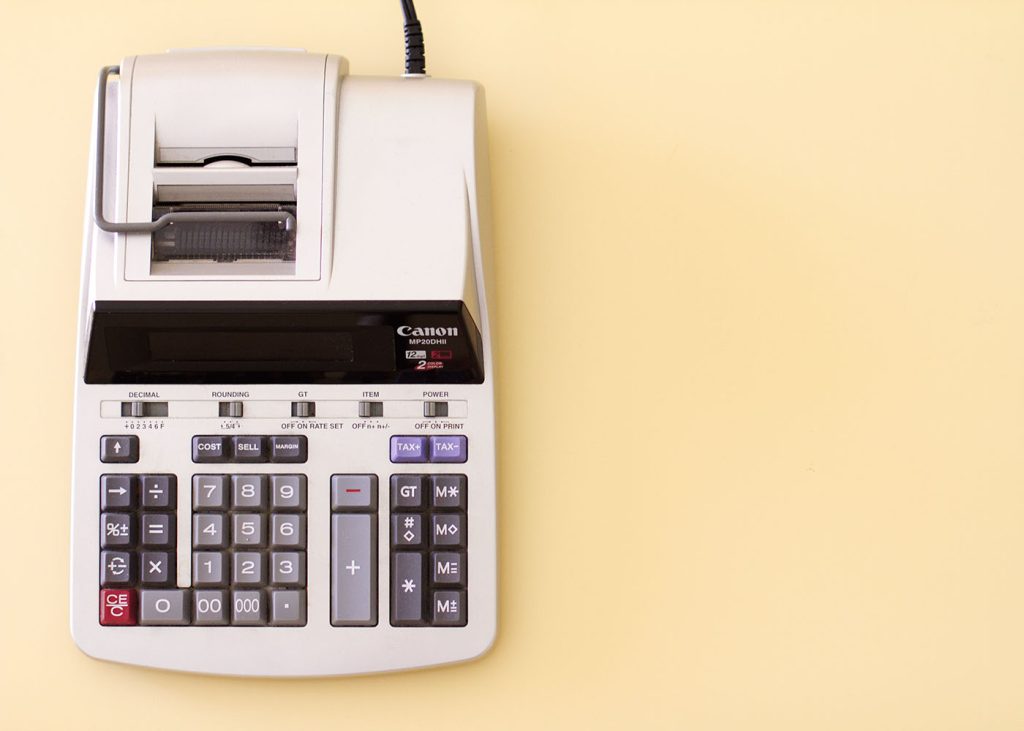Determining the right investment plan for you usually comes at the end of your financial planning process. After an extensive review of your current situation, assets, debt, income, and future goals, the final step is to select the correct mix of investments. This is your asset allocation, and it is designed to keep your plan on track, whether that means saving for the future and enjoying your lifestyle now or creating current and future income in retirement. It combines two factors:
- Your risk tolerance
- Your time horizon
But you aren’t finished once you’ve identified your time horizon and selected asset classes that, in combination, reflect your desired risk profile. While the overall investment mix shouldn’t change too much over the course of a business cycle, the performance of the individual assets will.
Over time, some assets will perform well, and some will experience difficulties. This can throw off your selected risk parameters as asset values rise and fall. Why is it important? Because even though assets may be performing well, keeping them in the portfolio may expose you to too much risk. Instead of an allocation to 60% equities and 40% bonds, for example, you may have moved closer to 70% equities and 30% bonds. This means riskier assets are now a bigger part of your overall portfolio, and your risk has increased.
The answer? You should routinely rebalance your portfolio. This process is dynamic and involves looking at your overall financial picture, tax picture, and the values in your portfolio.
You’ll be making decisions on what to buy and sell, which can present opportunities to maximize tax efficiency and ensure your investment philosophy and strategy are up-to-date.
Starting with Maximum Flexibility: Cash
The stage of your financial journey will usually dictate the amount of your portfolio you keep in cash. In your working years, cash is usually minimal as your risk tolerance is higher, your income needs are met by income from work, and you are focused more on capital growth than capital preservation.
In retirement, your cash holdings usually increase. Many people keep as much as three-to-five years of living expenses in cash. This ensures that you can meet fixed expenses, regardless of your income stream. You also won’t be forced to sell investments that have suffered in a market downturn and decreased in value.
As you go through the portfolio rebalancing process, you’ll want to re-assess your cash needs and determine if you are holding enough cash to cover what is coming up on the horizon. For example, if you plan to have above-normal expenses, you may want to gradually move more holdings into your cash bucket until you have covered the additional expense.
How Do You Time the Rebalance?
An annual review should be performed at a minimum, but many people look at their portfolios quarterly and semi-annually. The schedule isn’t as important as sticking to it. You can also use your target allocation as a starting point and determine how far you are willing to drift from your target before taking action. In this approach, you determine a specific percentage above or below your target, and if it is hit, it triggers a portfolio review.
This can be done at the broad asset class level or at sub-asset classes, sectors, or even individual positions.
When setting a target percentage, it’s a good idea to think about risk. If you invest in a risky company, you want to set a smaller target variance than a less-risky company, as swings will impact your portfolio more.
While extreme market moves will certainly be a reason to rebalance, market volatility isn’t usually a reason to change your asset allocation. You set your allocation up for long-term investing, and your plan should be built to withstand turbulence and allow the market to revert to the mean of long-term performance.
Tax-Loss Harvesting
One positive impact of the rebalancing process is that you can harvest losses from positions that have declined in value and apply them against positions that have generated a capital gain to reduce the tax bill. It’s not limited to pairing them up with other investments – you can also use tax-loss harvesting to offset up to $3,000 of ordinary income. If you are retired, this can include distributions from a retirement plan. You can also carry over losses from year to year.
Take it a Step at a Time
Going through the portfolio review and identifying the changes is the first step. Implementation is the second step. Don’t do it all at once. You can set a schedule for both sales and asset purchases. Taking a gradual approach and assessing conditions can help you smooth volatility.
Summary
Rebalancing an investment portfolio is critical to keeping your investments on track to meet your goals. It’s as much a part of a good plan as determining the right allocation in the first place. Incorporating a discussion of your current situation and any changes to your life that you anticipate coming up should also be part of your portfolio rebalance discussion. It’s necessary portfolio hygiene that will help keep your financial plan healthy.




